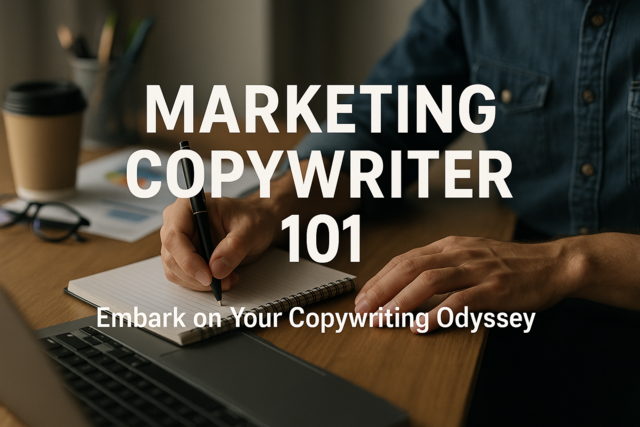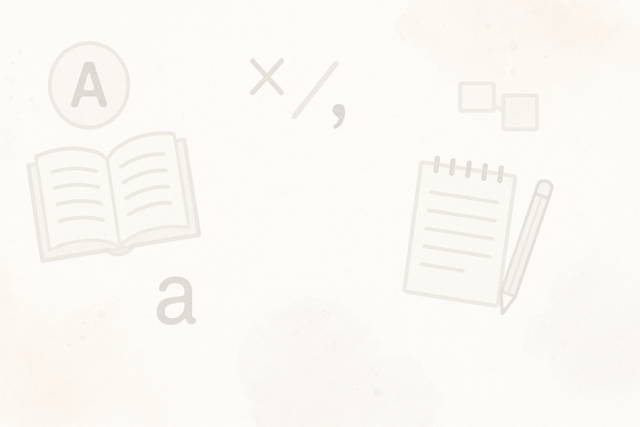Writing a Professional Business Letter
Helpful hints:
- Write from the reader's perspective.
- Be specific when making your points and do not use a lot of fluff.
- Never use sarcasm.
- Be respectful, modest, and polite.
Learning how to write an effective business letter can take some practice, but it will not take long before writing professional-sounding letters comes naturally to you.
Here are the basic steps to take when writing a business letter:
1. Establish what you wish to accomplish when writing the letter. Think about your reader's needs as well.
2. Jot down a list of the points you wish to cover in the letter.
3. Write the first draft.
4. Take a break and allow yourself to "clear your head."
5. Read over the first draft and make revisions until you feel it is good.
While different business letter types may require different formats to use, using the steps above will still help you write a well-thought-out and organized business letter. When writing a letter, it is important to remember that business letters are meant to be professional, not casual. That does not mean the letter needs to sound like a boring government document with big, legal-sounding words. It just means that you will refrain from using some of the more casual words you might use when writing a note to a friend. For instance:
Change: This is great! I had no idea that sales would jump so high!
To: The new sales numbers are very impressive and even higher than I had expected.
Establishing the Tone of Your Business Letter
In writing, tone is the writer's overall attitude toward the reader and the subject matter. For business letters, the tone should always be professional; however, in different situations, your letter also may need to take on an additional tone, such as the following:
� sympathetic;
� apologetic;
� persuasive.
Here is an example:
Change: We cannot refund your money unless you include a receipt.
To: So that we can promptly refund your money, please enclose a receipt.
Writing an effective business letter also means putting your reader's needs first. That means using the words "you" and "your" more than "I," :my," "we," and "mine." You always should try to stress the reader's interests and benefits. Notice in the revised example above that the reader's benefit, refunded money, is placed at the beginning of the sentence rather than at the end.
When delivering bad news, the opposite technique should be used. You should take careful attention to first offer a positive explanation before giving the bad news. This is called the "buffer." Then, in closing, you should offer some additional positive words as a "goodwill" gesture. For instance:
Before: Your application for the retail manager position has been rejected. We decided to hire a more qualified candidate.
(buffer): Thank you for taking the time to apply for our retail manager position.
(bad news): Because we are looking for someone with experience in both management and retail sales, we have selected an applicant with more than five years of experience in both fields.
(goodwill): I am sure that, with your background in retail sales, you will soon find a position with another company.
In general, good news should be delivered like this:
1. Good news
2. Explanation
3. Goodwill
Bad news should be delivered like this:
1. Buffer
2. Bad news
3. Goodwill
The Parts of a Business Letter:
1. Heading
2. Date
3. Inside address
4. Salutation
5. Body
6. Complimentary closing
7. Signature
8. Typed name
9. Title
This contains the name of the company and the company's full address, including street, city, state, and ZIP code. It also is standard to include any of the following: phone number, fax number, Web site address, and e-mail address. Typically, business letters are printed on a company's letterhead, which will most likely already contain all of the heading information. The heading should be either centered or aligned with the center line.
This is the date your letter was completed and is ready for mailing. It should be aligned with the left margin. The date should be at least three spaces below the heading.
The recipient's full name and address. You should begin the inside address two spaces below the date. If you are writing to a business associate you also should include the person's title and company name.
Example:
Ms. Janet Ressa
Director of Research
BioEngine
446 Device Road
Tandle, CT 06615
This is where you first make personal contact with your reader. The salutation or greeting should be two spaces below the inside address and also aligned with the left margin. For business letters, the salutation always should contain the recipient's courtesy title (Mr., Ms., Dr., etc.) and last name, followed by a colon, not a comma.
Important points to remember:
� Address women without a professional title as "Ms.," never "Mrs." or "Miss," unless she has expressed her preference to you.
� If you do not know the name of the recipient, it is acceptable to address the letter to "Dear Sir or Madam," address it to the appropriate department, or use a subject line instead. However, these should be used as a last resort. The contact's name is highly desired.
Example 1:
Attention: Human Resources Department
Example 2:
Subject: Lost shipment for P.O. # 22365
According to the latest tracking��.
Body
Standard closings for business letters are:
� Yours truly,
� Sincerely,
� Sincerely yours,
� Best regards,
� Very respectfully, (sometimes abbreviated as V/R in less formal communications).
Only the initial letter of a closing is capitalized, and the expression is followed by a comma. The complimentary closing is then followed by the writer's:
� Signature
� Printed name
� Title































